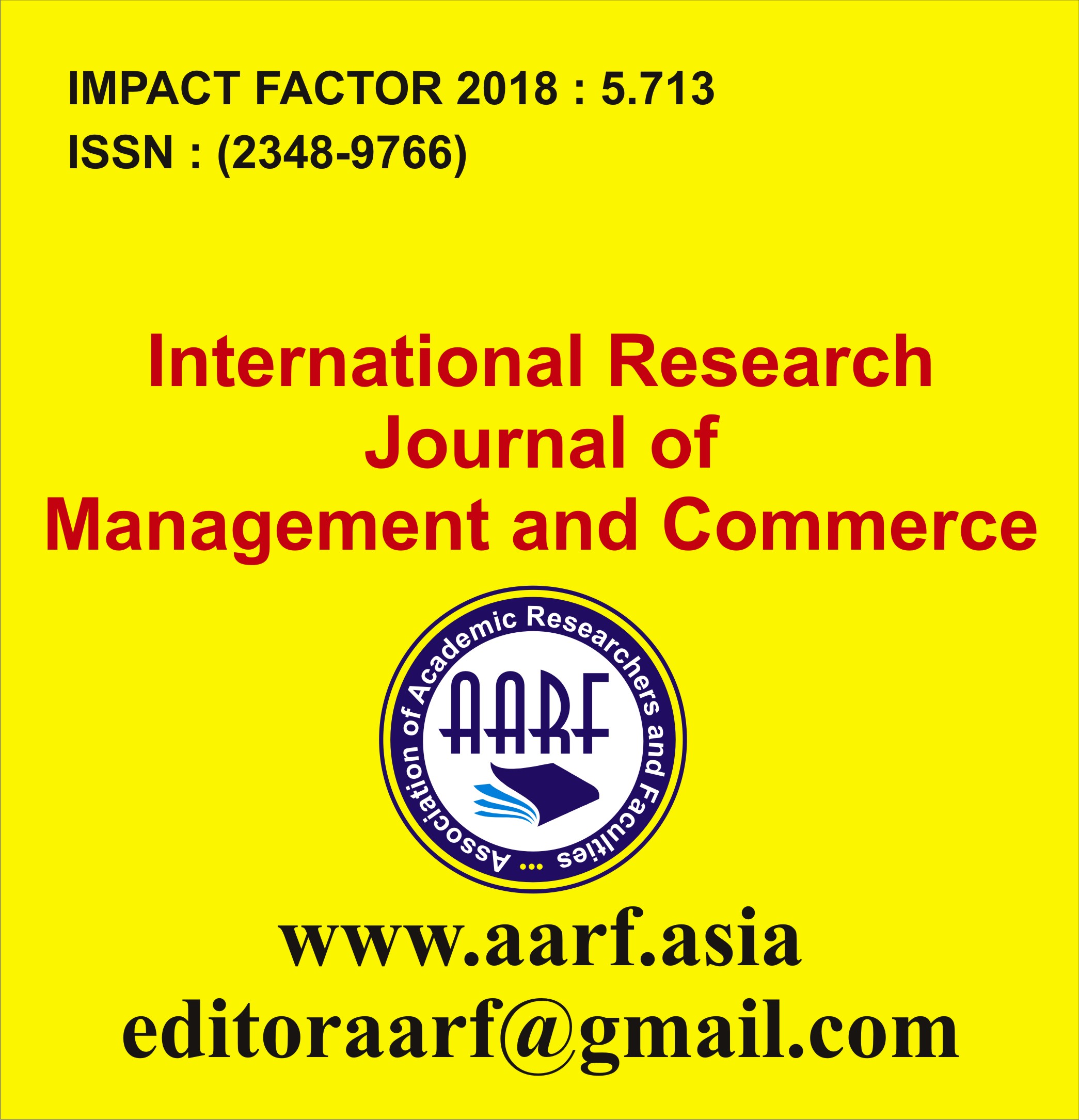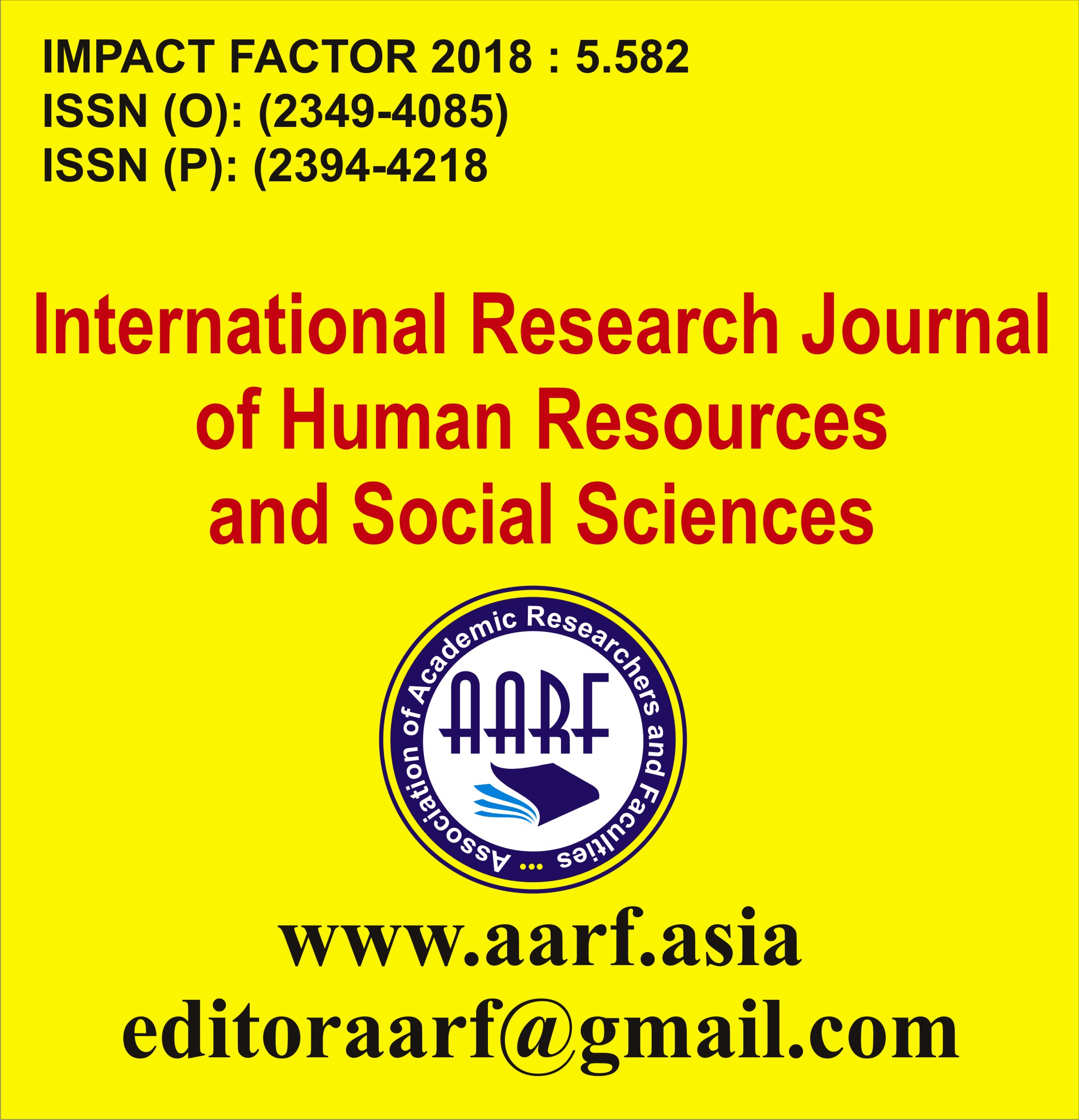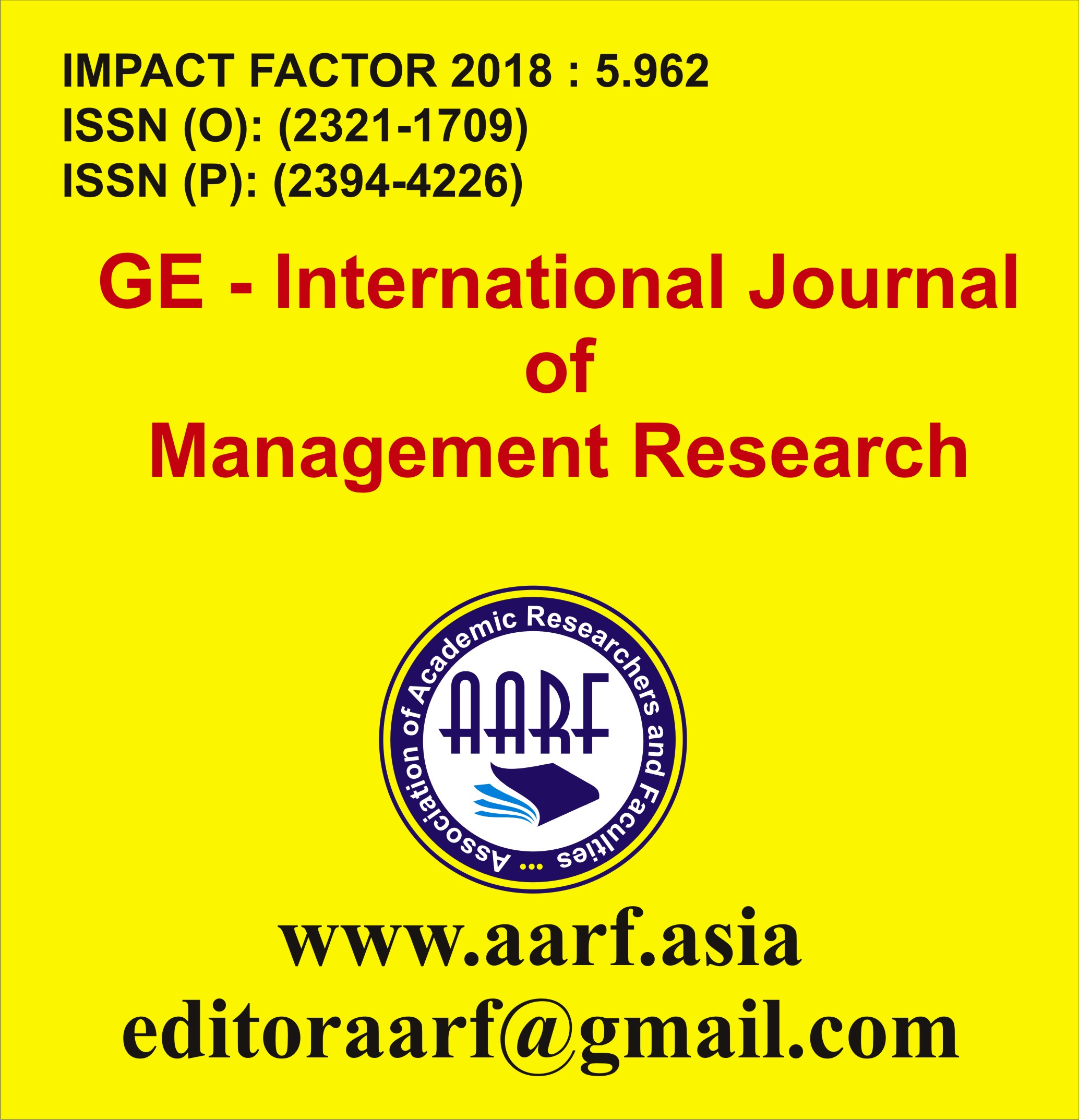TO PREPARE, FORMULATE AND EVALUATE MANGO CHYAWANPRASH
Abstract:
Chyawanprash, a traditional Ayurvedic herbal formulation, has been revered for centuries for its rejuvenating and immunomodulatory properties. With the growing demand for novel flavors and formulations, mango chyawanprash has emerged as a promising variant. This review paper aims to explore the formulation, preparation, and evaluation of mango chyawanprash, highlighting its potential benefits and challenges. The formulation process involves selecting ripe mangoes, blending them with a mix of traditional Ayurvedic herbs and spices, and subjecting the mixture to a controlled cooking process. Evaluation parameters include organoleptic properties, physicochemical characteristics, microbial stability, and shelf life. Additionally, the review discusses the potential health benefits of mango chyawanprash, including its antioxidant, immunomodulatory, and nutritional properties. Challenges such as standardization of formulation, preservation techniques, and commercial viability are also addressed. Overall, mango chyawanprash presents a flavorful and potentially beneficial alternative to traditional formulations, with























